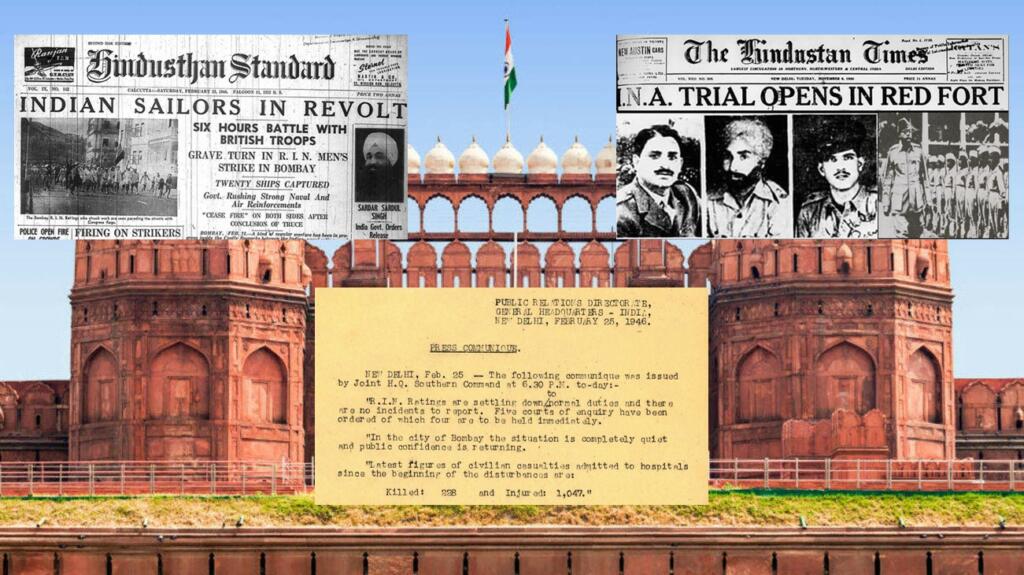There are several key moments in the Indian independence story that are often recalled and eulogized but none is as underrated as the ‘Red Fort Trials’. The Red Fort Trials or INA Trials galvanized the country and its masses against the imperialists and eventually helped drive them out. However, in modern contemporary history, you will rarely find a mention of the said trials.
It all started when Subhas Chandra Bose demanded Congress that instead of asking Indian soldiers to fight for the British in World War II, the soldiers should fight for India. That way, the Britishers would stand to lose and hence will be compelled to flee back. Bose believed that the second world war presented Indians with a great opportune moment to hit Britishers hard because they were weak and vulnerable.
Congress sided with Britishers and forced Indian soldiers to fight for them
However, Congress back then had no such assertive plans. Instead, they decided to urge Indian soldiers to fight for the British in both versions of the World War. They were hoping that in return for India’s loyalty, the British will grant them independence.
The Indian troops started fighting for the imperialists. However, this was the time Japan invaded Southeast Asia. Japan conducted a lightning campaign, annihilated the Britishers which culminated in the fall of the Malayan peninsula and Singapore in 1942. In the Singapore campaign alone, 45,000 Indian prisoners of war were captured.
Japan decides to join forces with INA
Japan decided to create an auxiliary army that would fight the Britishers. 20,000 of them agreed to switch sides and go to war against their former masters — the British, in the Indian National Army under the command of Subhas Chandra Bose.
The Azad Hind Fauj participated in operation U-Go, the 1944 Japanese campaign towards British India. However, following the nuclear events at the end of World War II and Japan’s surrender, the INA was disbanded.
Read More: The life and times of Netaji Subhash Chandra Bose
The Red Fort trials
After the Second World War, the captured officers of the INA were put on public trial at the Red Fort in December 1945. Three officers, namely Colonel Shah Nawaz Khan, Colonel Prem Kumar Sahgal, and Colonel Gurbaksh Singh Dhillon, were housed there for the duration of the trial.
The chambers within the baoli, or step-well, believed to pre-date the Red Fort, were converted into a prison. With Red Fort reminding ordinary folks of the imperial domination, a mass campaign was started with protests, campaigns, and all-party demonstrations, demanding the trials be deemed null and void.
Countrymen and their support for the INA members
Such was the collective volume of people that even Jawaharlal Nehru admitted that “Never before in Indian history, had such unified sentiments been manifested by various sections of the population.”
In January 1946, a massive strike was imposed by officers and pilots of the Royal Indian Air Force (RIAF). By February, the ships of the Royal Indian Navy (RIN) also joined the mutiny. Civilians in Mumbai joined the strikes as well.
With the Quit India Movement gaining steam as well, the Red Fort Trials helped INA achieve its ultimate aim. The British sensed that they could no longer rule over the Indians, especially after the Army had turned against them.
Thus, the process to flee India was expedited. Despite what was to come in the future with the Muslim league partitioning India into two, the Red Fort Trials brought the two communities together and they fought as one. Even in its defeat, INA delivered what it promised and that must be the greatest legacy of Netaji Subhas Chandra Bose and his vision.
